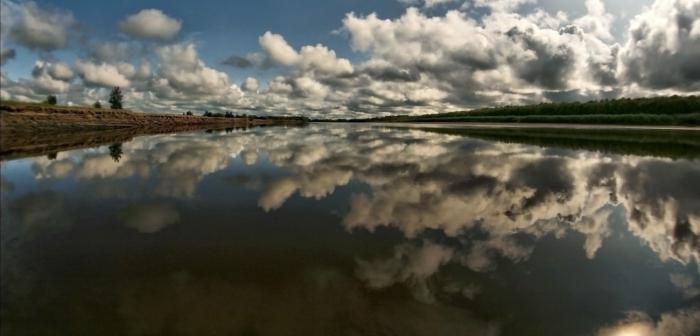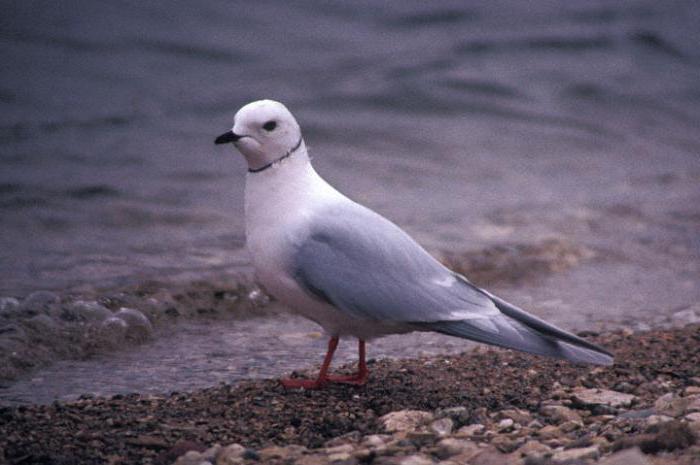Yuganskiy zapovednik: flora and fauna
The Yuganskiy reserve has the status of the FederalState budgetary institution, subordinate to the Ministry of Natural Resources and Ecology of the Russian Federation. The decision to establish a nature reserve was signed on May 31, 1982.
General information
The Yugansk reserve is located in the very center of Western Siberia. Surgutsky district, Khanty-Mansiysk Autonomous Okrug (Yugra), the Great Yugan basin - its exact address.

The whole area with its naturalobjects, as well as the bowels of the earth withdrawn from economic use. The rights to their exploitation belong to the reserve. For convenience, the territory is divided into three sections - Neugusyakhsky, Maloyuganskiy and Tailakovskiy.
Fauna
One of the main issues todayworries ecologists, - this is the conservation of the number of fauna representatives. The Yugansk reserve, which is represented by birds, mammals, amphibians, reptiles, fish, many invertebrates, has been monitoring the species' ability to adapt to the harsh conditions of existence for many years.

- nesting in the reserve, they are also called migratory;
- Visiting him during the autumn and spring movements;
- wintering.
Some bird species may appear on theterritory of the reserve by accident. They are classified in a separate group, calling zaletnyh. Scientists also monitor their behavior, lifestyle in an unusual climate for them.
The list of mammals includes about 40 speciesanimals. Common representatives include sable, column, mink, otter, wolverine, badger, ermine, weasel, wolf, fox, bear, elk, reindeer and other animals.
Flora
Plants of the Yuganskogo reserve are representedThe list, which was formed as a result of the research activities of its employees. The main group consists of vascular plants, it has about 330 species. A group of lichens, including 195 species, is rich in its representatives. On the territory of the reserve there are about 114 moss species. There is a wide variety of mushrooms. Today, about 200 of their species are known, but research on their detection continues.

Small numbers of flora and fauna
The Yuganskiy Zapovednik is interesting because at itsanimals and plants that are not typical for severe climatic conditions are found. However, species managed to adapt, they not only survive, but are able to produce offspring in natural conditions.

Bats are the most mysterious and unusual animals found on the protected area. Scientists have discovered two of their species - two-colored leather and a northern leather jacket.
In winter, you can meet two species of birds, forwhich the habitual habitat is considered to be the tundra. These include a white owl and a gyrfalcon. A small number of reptiles. There are two species in it - a viviparous lizard and a viper.
Among the representatives of the flora, larch is rarely found. It grows only in certain areas of the reserve on well-drained soils.
Marshes
The Yuganskiy reserve in its description hasan interesting fact - the third part of its territory is made up of swamps. In addition, they are part of Vasyugan, which is recognized as the largest marsh in the world. This feature has always attracted scientists who managed to prove the most important functions of bogs, their influence on many processes occurring in nature.
Particularly rich in bogs is the southern partreserve "Yuganskiy". Pine forests are also common here, which are called ryam communities. This is a transitional form, with signs of forest and swamp. Vegetation ryam variety. This depends on the amount of water that can be retained in the soil and on its surface.
In addition to scientific work, the reservegreat environmental and educational activities. The department closely cooperates with the local population, interacts with the media. Produced advertising products also promote public education.
</ p>



